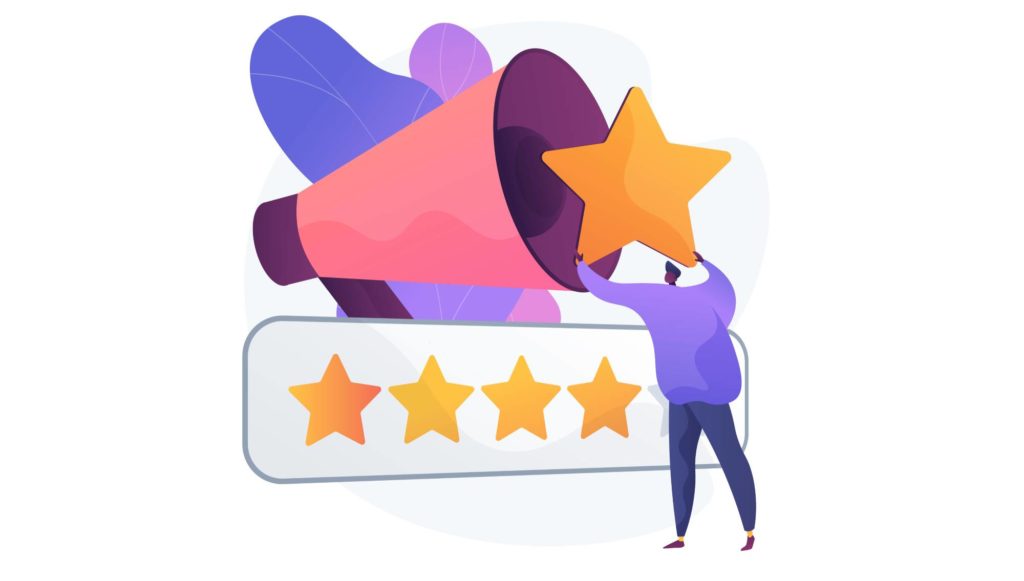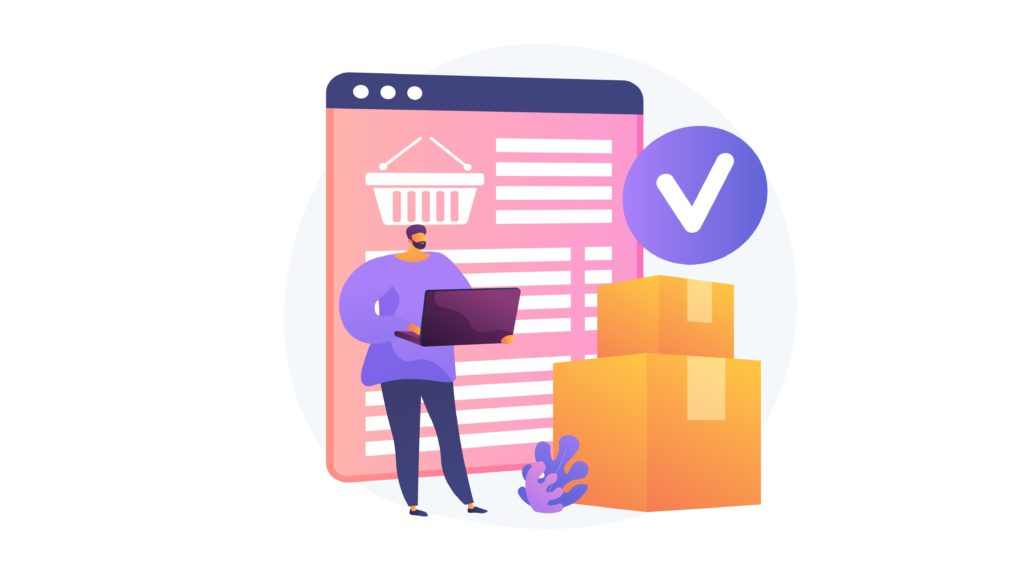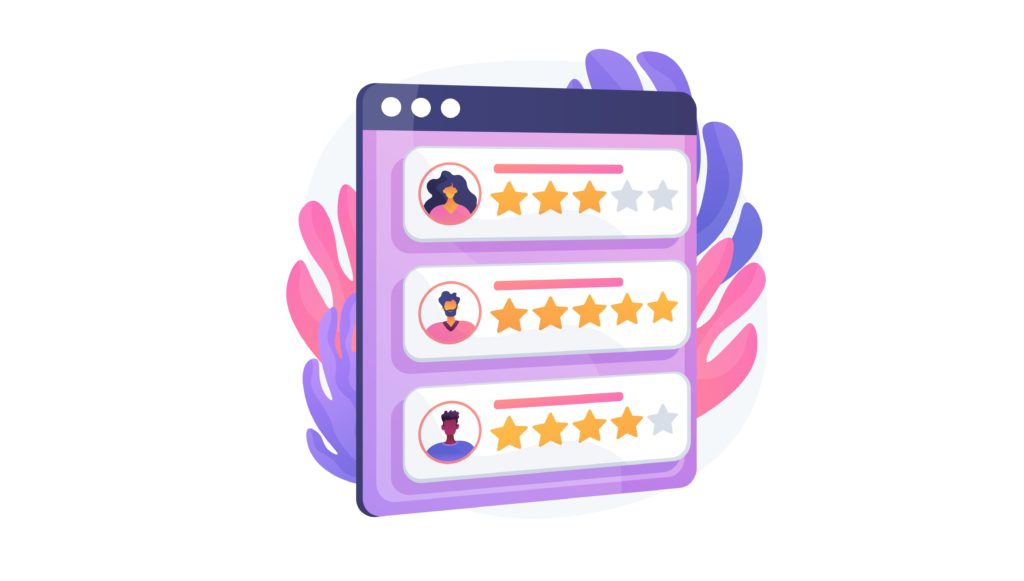
Focus Page Title
Lorem ipsum dolor sit amet, consectetur adipiscing elit, sed do eiusmod tempor incididunt.
Find out more ➜One of the key marketing goals for any company is to gain customer trust. This rarely happens by accident. There are specific proven techniques for building trust that a performance marketing agency like us is expert in. Let’s take a look at what they are in more detail.

We’ll start by exploring a concept called the Pyramid of Trust.
This pyramid consists of five levels. It is a marketer’s job to lead website visitors higher through each of these stages as trust is built. Each level corresponds to certain buyer needs. Once they are satisfied, the visitor moves to the next level of trust.
| Trust level | Questions from visitors |
|---|---|
| The visitor does not trust the site | Can this site help you achieve a goal or solve a problem? |
| The visitor prefers other sites | Does it make sense to choose this site to solve your problem? Is this resource really better than others? |
| The visitor trusts the site and transfers personal information | Is this site valuable enough to take the time to sign up? Will I trust this site with my data (name, e-mail, phone)? Do I want to receive emails from the company? |
| Visitor provides financial information | Should I trust this site with my confidential data (bank card number, address, etc.)? Is it worth the risk? |
| The visitor has strong trust in the site | Am I comfortable enough to interact with this site on a consistent basis? |
Balance Site’s Demands and Users’ Trust Needs. The site’s requests and the users’ trust needs must be in equilibrium: Don’t make demands at higher levels of commitment until you’ve addressed all the trust needs at the inferior levels.

We have seen how trust is gained in general terms and what stages someone may go through. Now let’s look at specific actions that will help your website visitors move from the first step of the pyramid to its top, ultimately with the goal of improving your conversion rate optimisation and sales.
There are universal factors that build trust. As you are reading this, consider how well they are currently working for your site.

Attractive aesthetics will show visitors that your company has spent resources on developing your website. This will help to inspire confidence by showing your commitment to the market you are operating in. If you can spark a positive emotional response to the design it may even make visitors more tolerant should there be any clunky user experience issues.
Pay attention to the font, colours, logo, etc. By association, all these elements go towards conveying the quality of your products.
The choice of colour scheme for the site is important for a visitor’s perception of your business value. Colour is part of your branding, signalling where you are positioned in the market, be that among the market leaders, in a premium segment or offering great value. If you have a well-thought-out brand strategy, the colours selected for your website will have a consistency with your products or services.


An important element in building visitor trust is to ensure your site is perceived as professional. Well composed and structured content helps keep users on the site and encourages them to spend time familiarising themselves with your goods or services.
Content that contains typos, broken links, and other problems quickly reduces a site’s credibility. Content is not only text, it is also graphics and other visual elements.
Whether online or through in-person channels, no-one would trust a person or company that hides something important from them. So it is important for visitors on your website to see complete information about goods, services and your company itself. They do not want to be left guessing or to find there was some hidden catch after they have bought something from you.


It is important to provide up-to-date contact information and offer multiple channels of communication to reassure customers that they can get hold of you when necessary. It is even better for establishing trust if your company has a physical address to reinforce its online presence. The phone number is one of the key trust factors. It’s a good idea to include a phone number in the header and footer of your site.
There are many other formal elements of trust that build credibility with your visitors. These include national licences or official accreditations (where applicable), social widgets and independently verified customer reviews.


Most visitors will leave a slow site within ten seconds if pages take too long to load. Search engines also lower slow sites in the SERPs (search engine results pages). As a performance marketing agency, we see fast loading of website pages as being important for the reputation of a business as well as the SEO performance of its website.
For this reason, for example, the sites developed by us are loaded on average in 300 milliseconds. When it comes to site speed, the quicker the better; but at the very least try to keep the download times to no more than three to four seconds.
Detailed, energetic, interesting and accurate case studies are a powerful tool in helping to win the trust of customers. Case studies demonstrate the professionalism of your company and how you use your capabilities to overcome the challenges that your customers face.


Separately, we need to talk about trust in online stores. This will have a significant impact on your conversion rate and the number of sales.
So let’s talk about the main trust factors in e-commerce and how to work with them to improve conversion rate optimisation.

Users trust external sources more than content on a company website. To benefit from this, connect reviews from third-party resources. Also consider adding video reviews if possible – they inspire much more confidence.
Nowadays it is almost always a must to add product videos. Show how the product is packaged, what it comes with and so on. If we are talking about technology, demonstrate its launch, configuration and operation to bring something that may otherwise be intangible to life.


Look at the calls to action (CTAs) on your site. What role do they play? How effective are they? You can estimate their click-through rate using Google Analytics. If any of your CTAs aren’t working as effectively as they might, the good news is that you can experiment to get better results: try changing the location, button colour, and wording for example. With A/B testing functionality, you can find out which CTAs increase your conversions and reduce bounce giving you a vital competitive advantage.
Think about how you can apply principles of good customer service on your website to improve sales; for example, providing all relevant information that a visitor may seek. If buyers can’t find information that’s important to them, they’re more likely to go to competitors.
Don’t let this happen! Use an online consultant or chat bot to answer customer questions in real time. In addition, create an FAQ section – answers to frequently asked questions from visitors. Answering frequently asked questions from people thinking of buying from you will increase their time on the site and your chances of making a sale.


Paying due heed to financial security and data protection is essential for yours and your customer’s sakes. Take care to connect an SSL certificate to the site. This will not only help protect the security of payments and the safety of customers’ financial information, but also send a positive signal to people who are wondering whether to buy from you.

Of course, your website is not the only source of information about your company. You need to pay attention to external sites too, the credibility of your business depends on it.
Here are examples of some types of site where information about your company may be posted:

Improving the credibility of your site means taking your business to a new level. Achieving this should be one of the priorities for newcomers to the market and those companies that want to grow.
You can implement everything yourself, or ask our Atomicleap.agency team for help. We will develop a broad strategy for promoting your business, updating your website and improving conversion rate optimisation.

ABOUT THE AUTHOR
Wayland Coles is MD and Founder performance marketing agency Atomic Leap, where he helps businesses of all sizes capitalize on the power of PPC marketing.
LinkedIn: Wayland Cole